Foods, whether raw materials or finished dishes, get their names in all kinds of ways. Some food terms are simply modern versions of ancient names whose origins are lost in time. (“Apple” can be traced back at least to the Old High German word “apful,” meaning…apple.) Others are named for the people who first grew or developed them — for instance, Bibb lettuce, so-called because it was initially bred by 19th-century horticulturist John B. Bibb; or nachos, created by Mexican restaurant manager Ignacio “Nacho” Anaya in 1940.
But many food items are also named for their place of origin or because they have some connection — real or imagined — with a place. Some of these are obvious: French toast or French fries (though the latter were probably invented in Belgium), Turkish delight, prosciutto di Parma, Russian salad, and so on — and presumably most people realize that Buffalo chicken wings are related to the city of Buffalo in upstate New York and have nothing to do with the large bovine of the same name. (Speaking of our favorite form of poultry, here’s a look at the best fried chicken place in every state.)
In some cases, however, the connection between a food name and its place of origin is less obvious. Cantaloup, mayonnaise, and the good old-fashioned all-American hamburger, for instance, all draw their names from European cities (in Italy, Spain, and Germany, respectively). And did you know that there scallions get theirs from a city in ancient Israel, while tangerines are so-called in reference to the Moroccan city of Tangiers?
There are hundreds of other foods named for places, with examples existing in probably every one of the world’s cuisines. To assemble a list of 25 of the most notable ones, with an emphasis on names whose origins may be the least obvious, 24/7 Tempo consulted sources including Food Timeline, Britannica, the Oxford English Dictionary, and a hard copy of Larousse Gastronomique, an encyclopedia of gastronomy.
More than half the foods on our list come from Europe, though the U.S., Japan, Thailand, India, Mexico, Peru, French Guiana, and Cuba, as well as the aforementioned Israel and Morocco, are also represented. Whether or not we associate these eponymous foods with the places they’re christened after, they all have geographical associations that it’s fun to know.
Here are 25 foods you didn’t know were named for places:
Baloney

- What it is: Finely ground spiced American pork sausage
- Place it’s named for: Bologna, Italy
- Reason it’s named for that place: It’s a variation on the classic Italian sausage called mortadella Bologna, which comes from that city
Béarnaise sauce
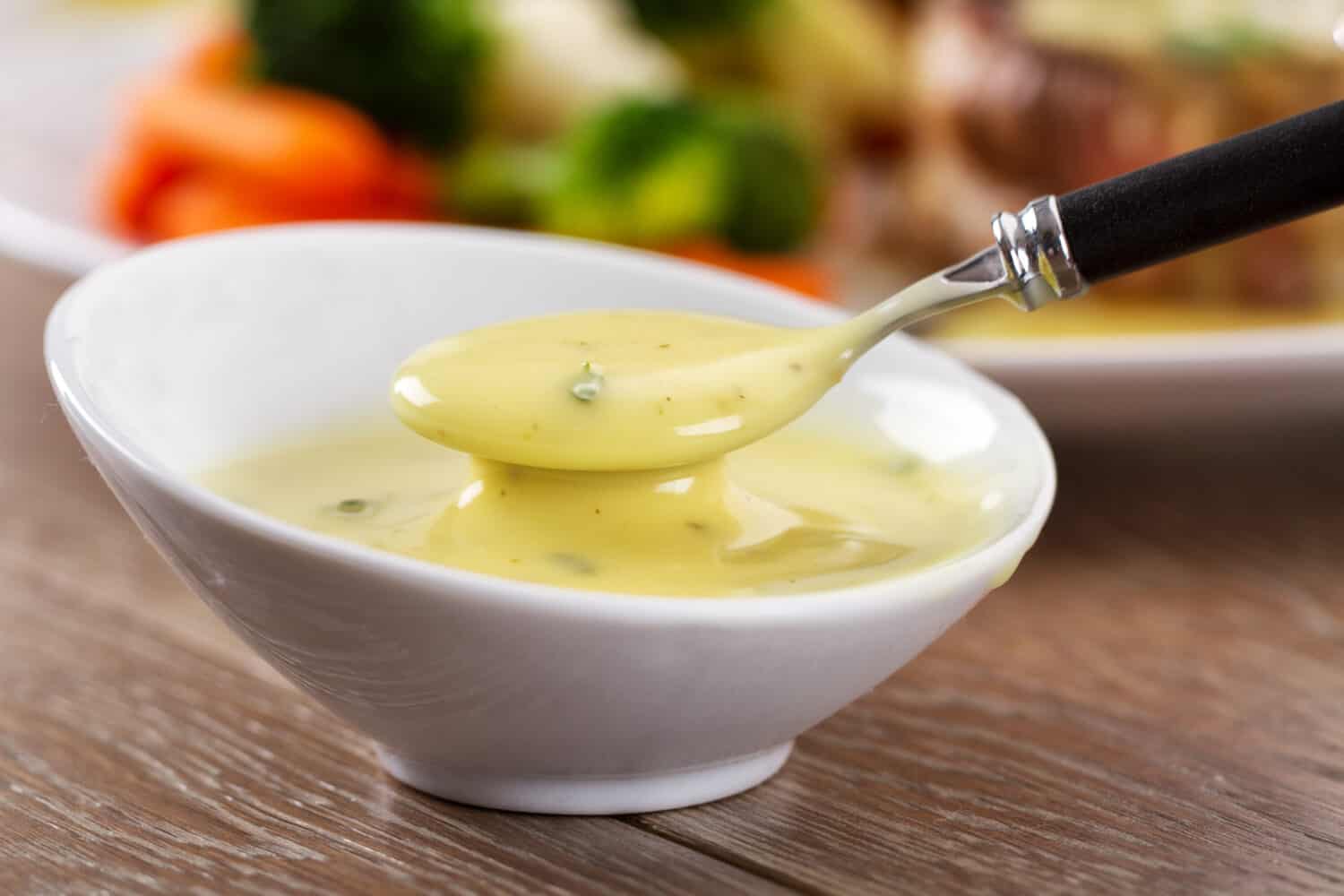
- What it is: Classic French sauce of clarified butter, egg yolks, vinegar, and tarragon
- Place it’s named for: The French province of Béarn
- Reason it’s named for that place: It was invented at a restaurant in Paris that had once been the residence of the French king Henri IV, who came from Béarn.
Bialy
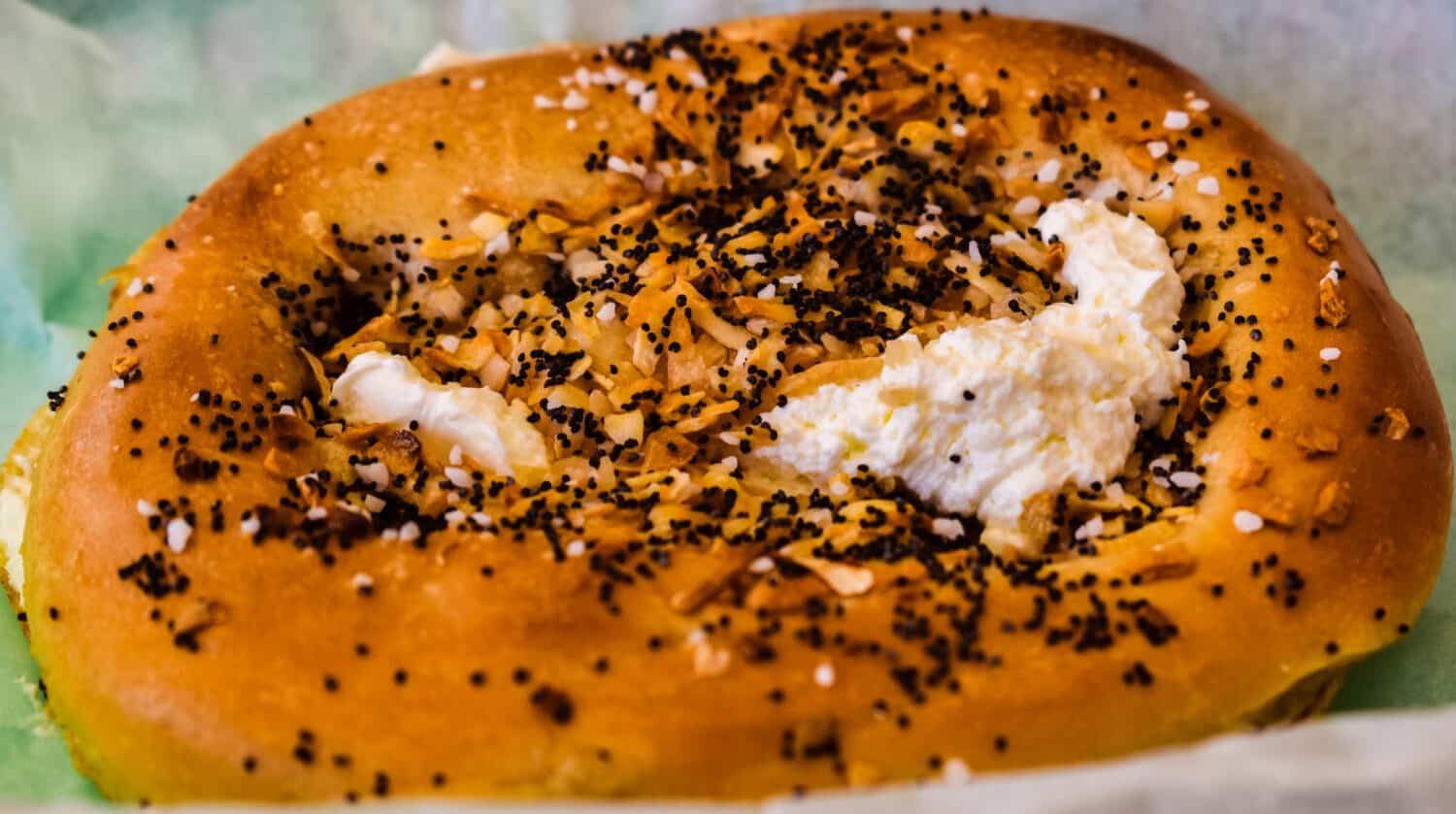
- What it is: A Jewish bakery staple — a flat, round roll with a depression in the middle usually filled with minced onions
- Place it’s named for: Białystok, Poland
- Reason it’s named for that place: It was originally made in that city.
Cantaloupe
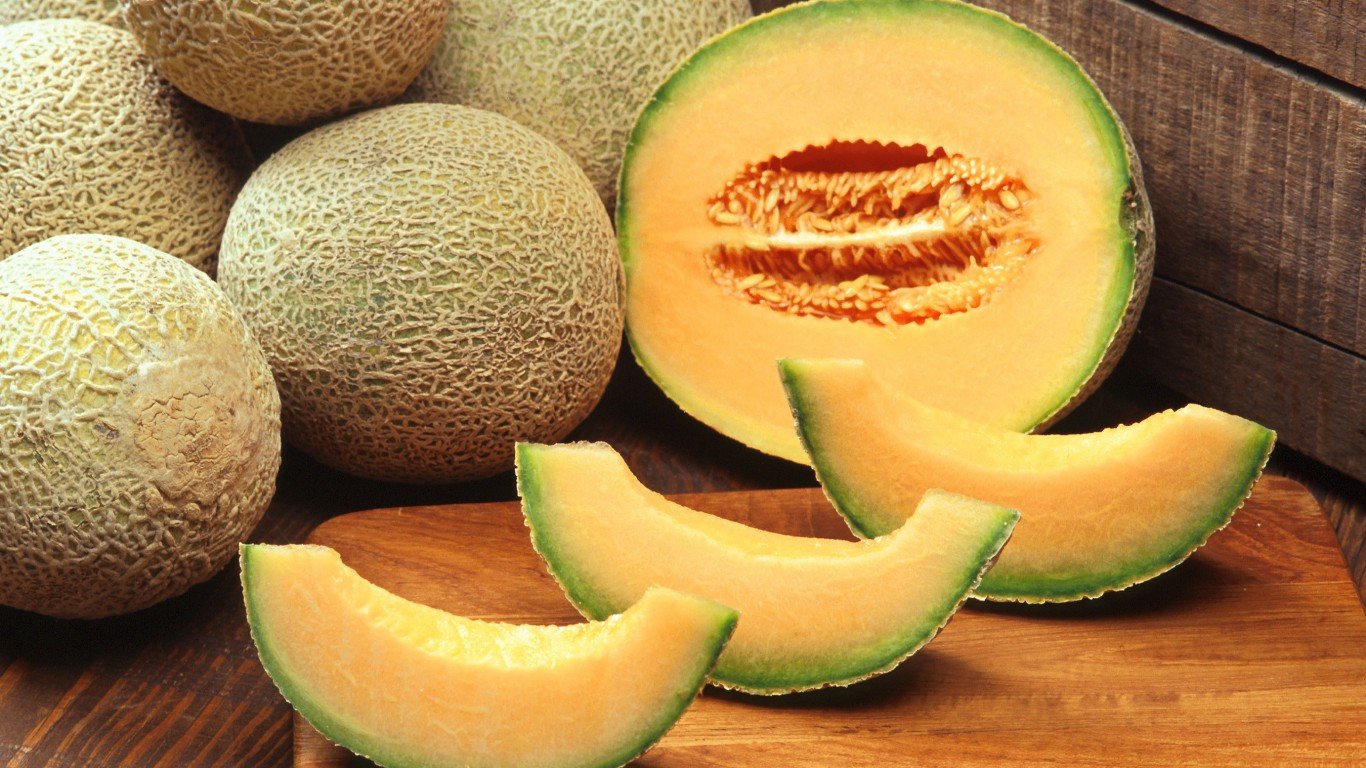
- What it is: A sweet orange-fleshed melon
- Place it’s named for: Cantalupo in Sabina, Italy
- Reason it’s named for that place: When it first arrived in Italy from Armenia or Persia, it was planted in the Papal Gardens in Cantalupo.
Cayenne
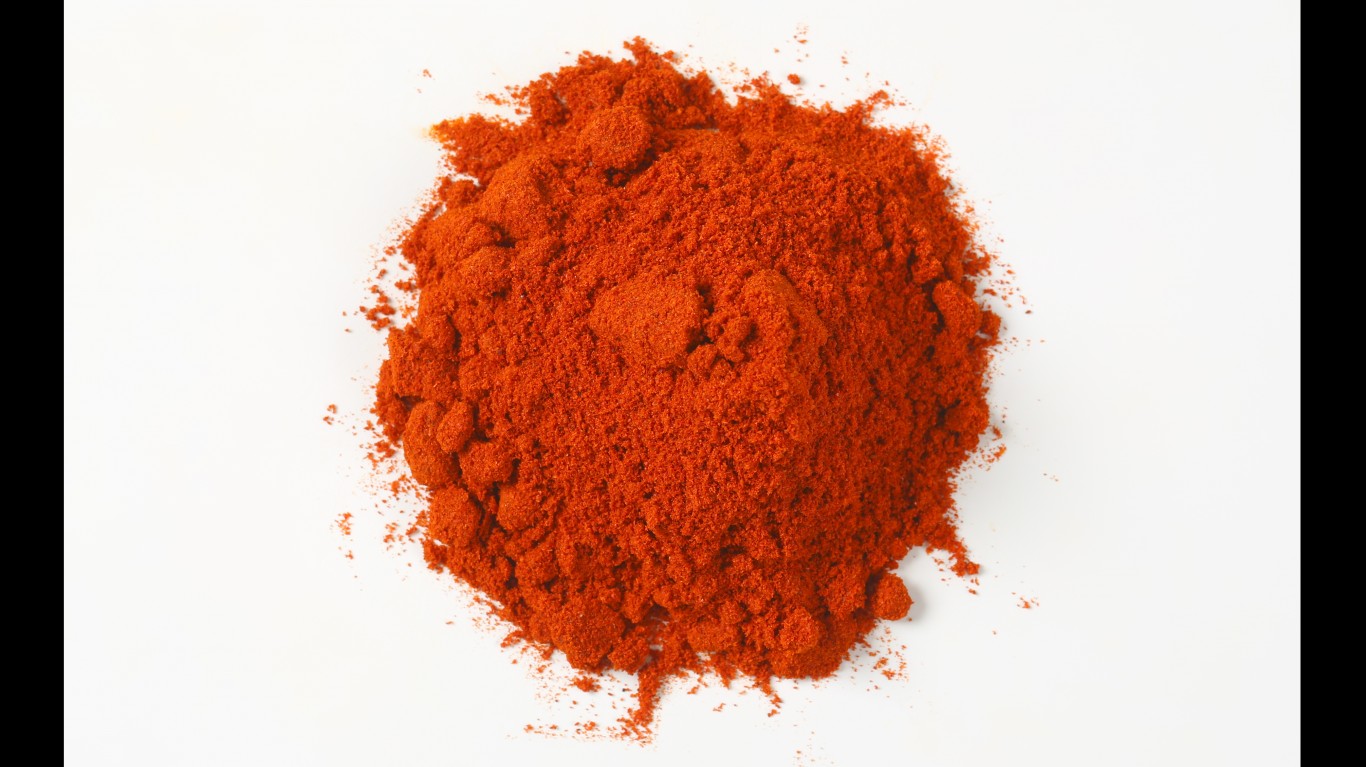
- What it is: A medium-spicy red pepper, usually used in powdered form
- Place it’s named for: The Cayenne River, French Guiana
- Reason it’s named for that place: It is said to have first been traded commercially along the river in this small country in northeastern South America.
Currant
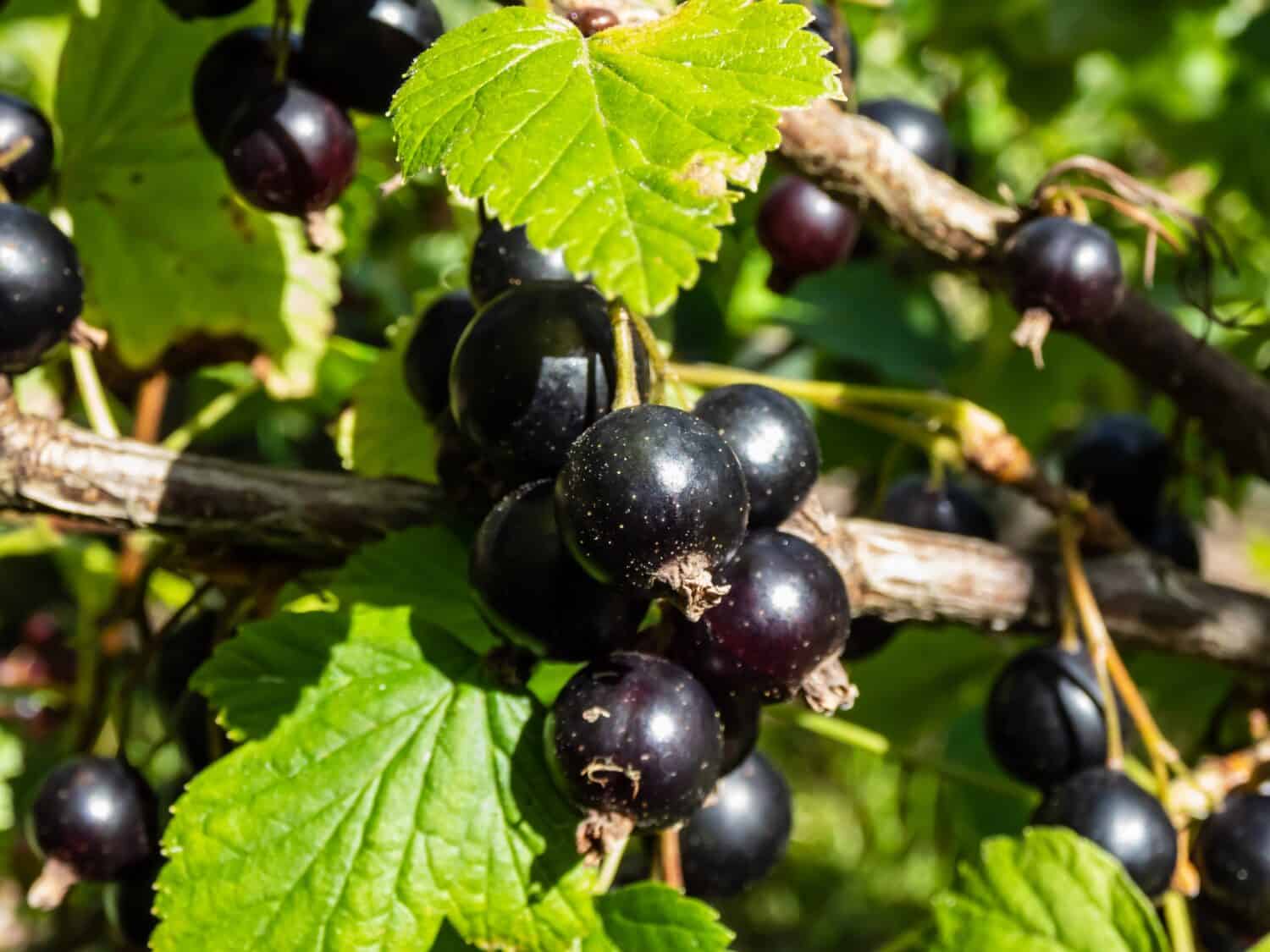
- What it is: The fruit of different varieties of the genus Ribes, also known as gooseberries
- Place it’s named for: Corinth, Greece
- Reason it’s named for that place: In ancient times, the city produced similar-looking but unrelated tiny raisins.
Frankfurter

- What it is: Another name for hot dog
- Place it’s named for: Frankfurt, Germany
- Reason it’s named for that place: This kind of sausage was first made in the city as early as the 13th century.
Habanero chile
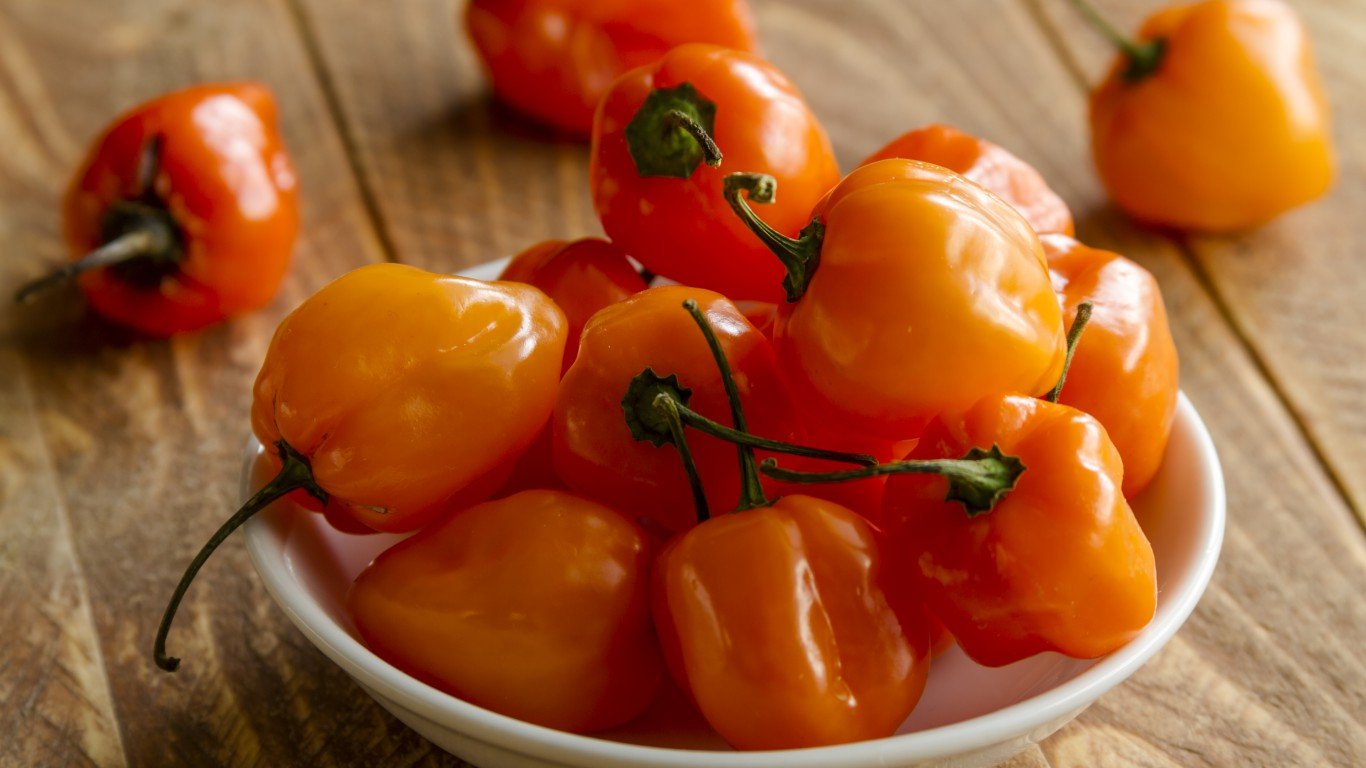
- What it is: A very spicy chile
- Place it’s named for: Havana, Cuba
- Reason it’s named for that place: Though it probably comes from South America, the habanero was traded out of Havana (La Habana).
Hamburger
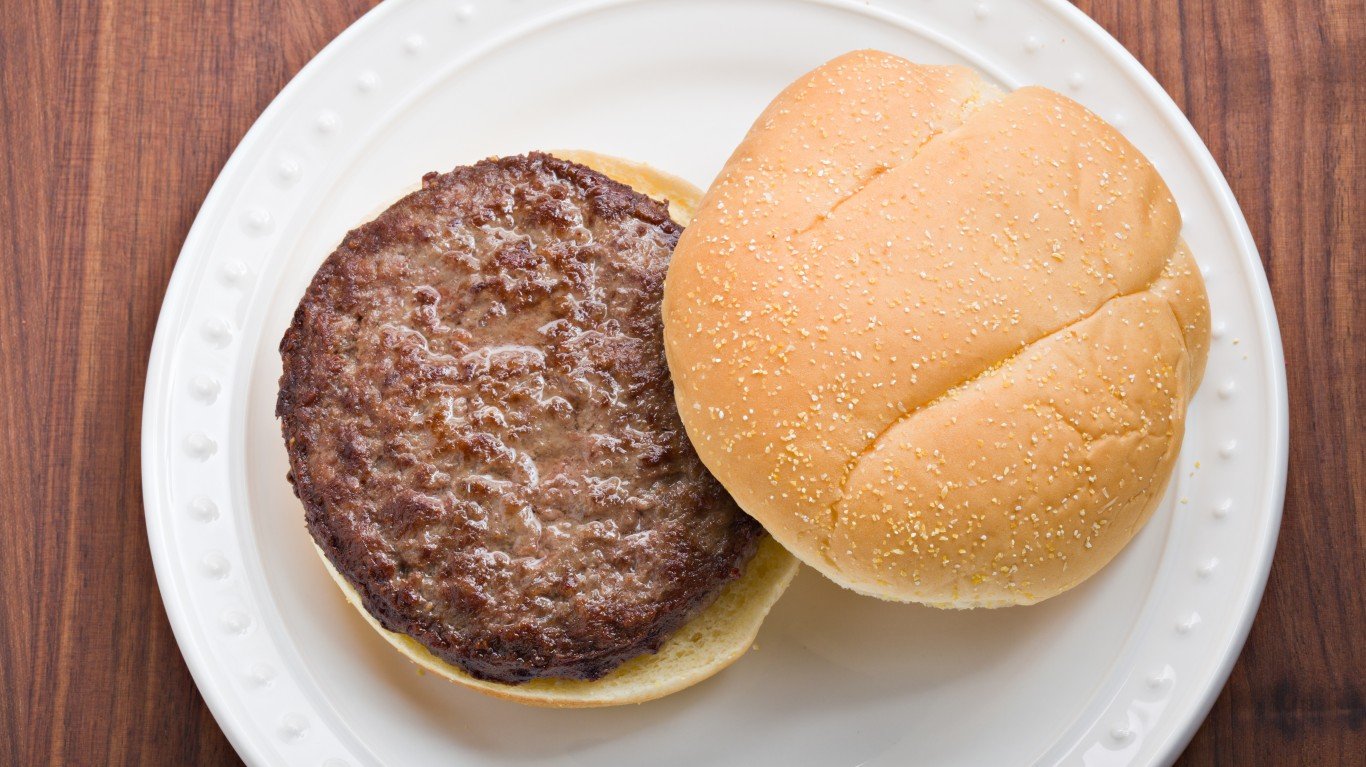
- What it is: Perhaps America’s most iconic food
- Place it’s named for: Hamburg, Germany
- Reason it’s named for that place: No one knows for sure, but the idea of ground meat patties may have been brought to the U.S. by immigrants from Hamburg.
Jalapeño
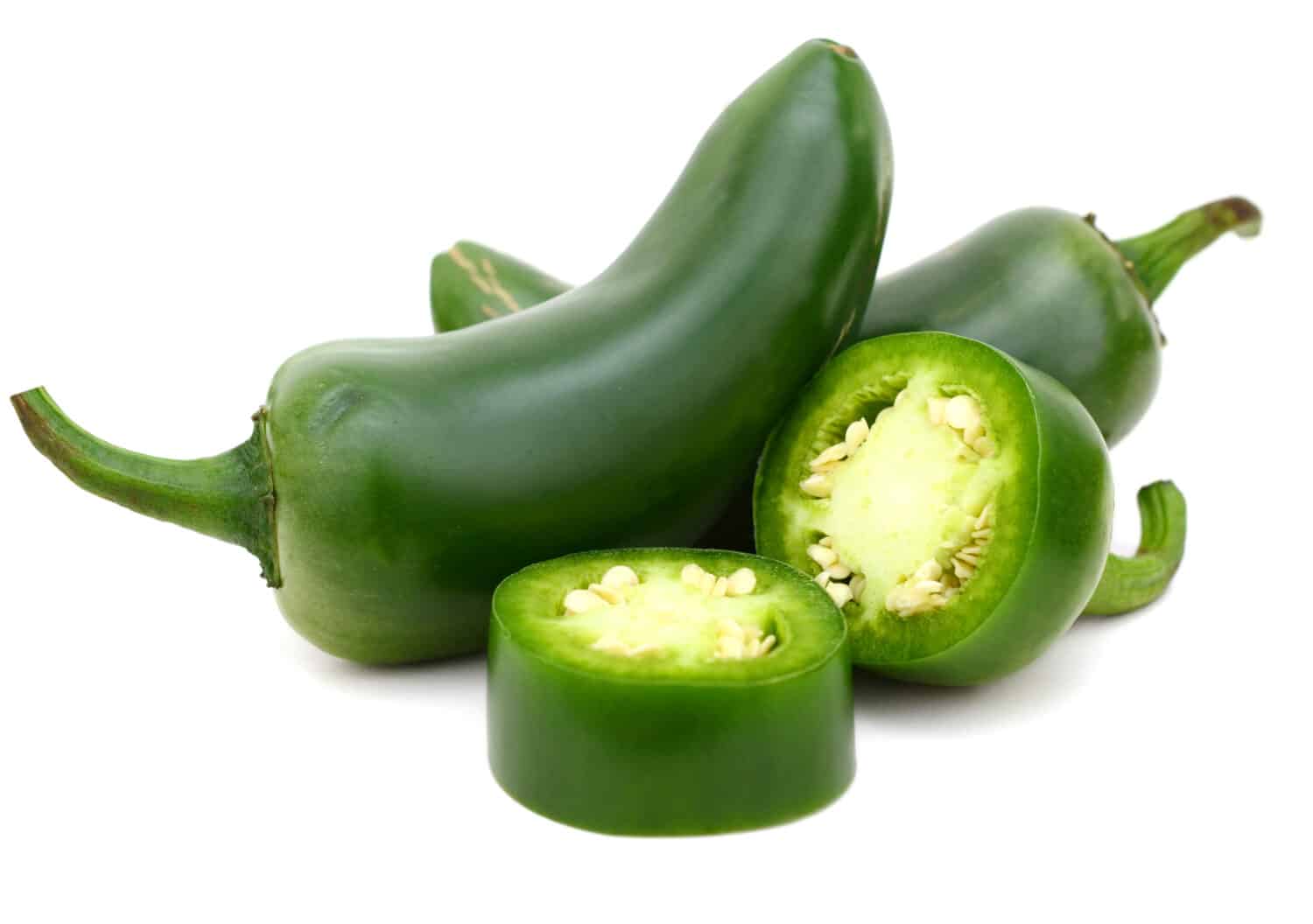
- What it is: A medium-hot green or red chile
- Place it’s named for: Xalapa (or Jalapa), Mexico
- Reason it’s named for that place: The chile was first grown around this city, the capital of the state of Veracruz.
Jarlsberg
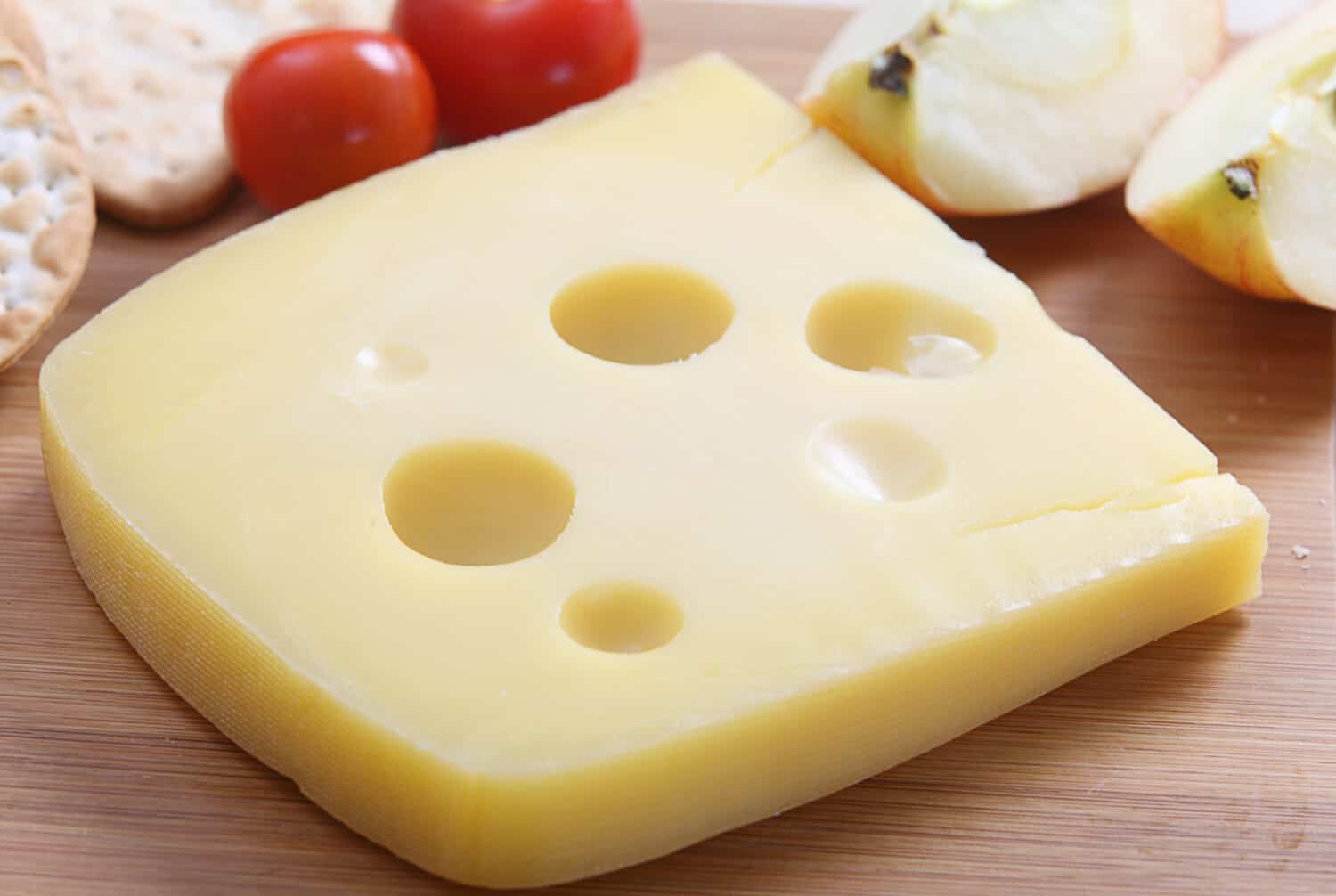
- What it is: A popular mild cow’s milk cheese
- Place it’s named for: Jarlsberg, Norway
- Reason it’s named for that place: The cheese originated in the former county of Jarlsberg, now part of Vestfold.
Key lime pie

- What it is: A pie made with Key lime juice, condensed milk, and egg yolks, sometimes with a meringue topping
- Place it’s named for: The Florida Keys
- Reason it’s named for that place: The lime used for this pie is the Key lime (also called the Mexican or West Indian lime), first cultivated in the U.S. in the Keys.
Kobe beef
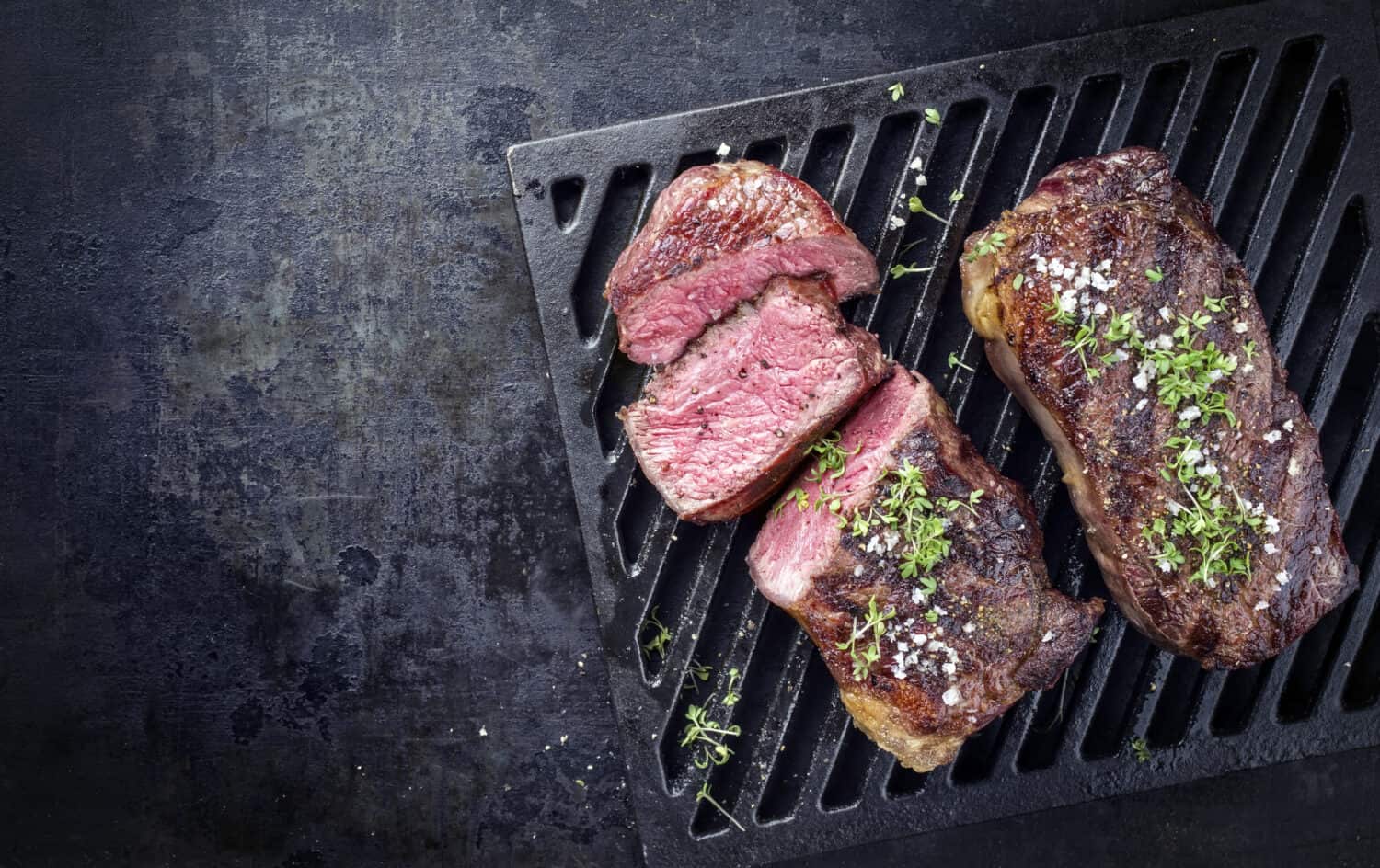
- What it is: Tender, richly marbled beef from Japan (though the name is sometimes misappropriated for non-Japanese meat)
- Place it’s named for: Kobe, Hyōgo Prefecture, Japan
- Reason it’s named for that place: The breed of Japanese Black Cattle that yields the beef is raised around Kobe.
Lima bean
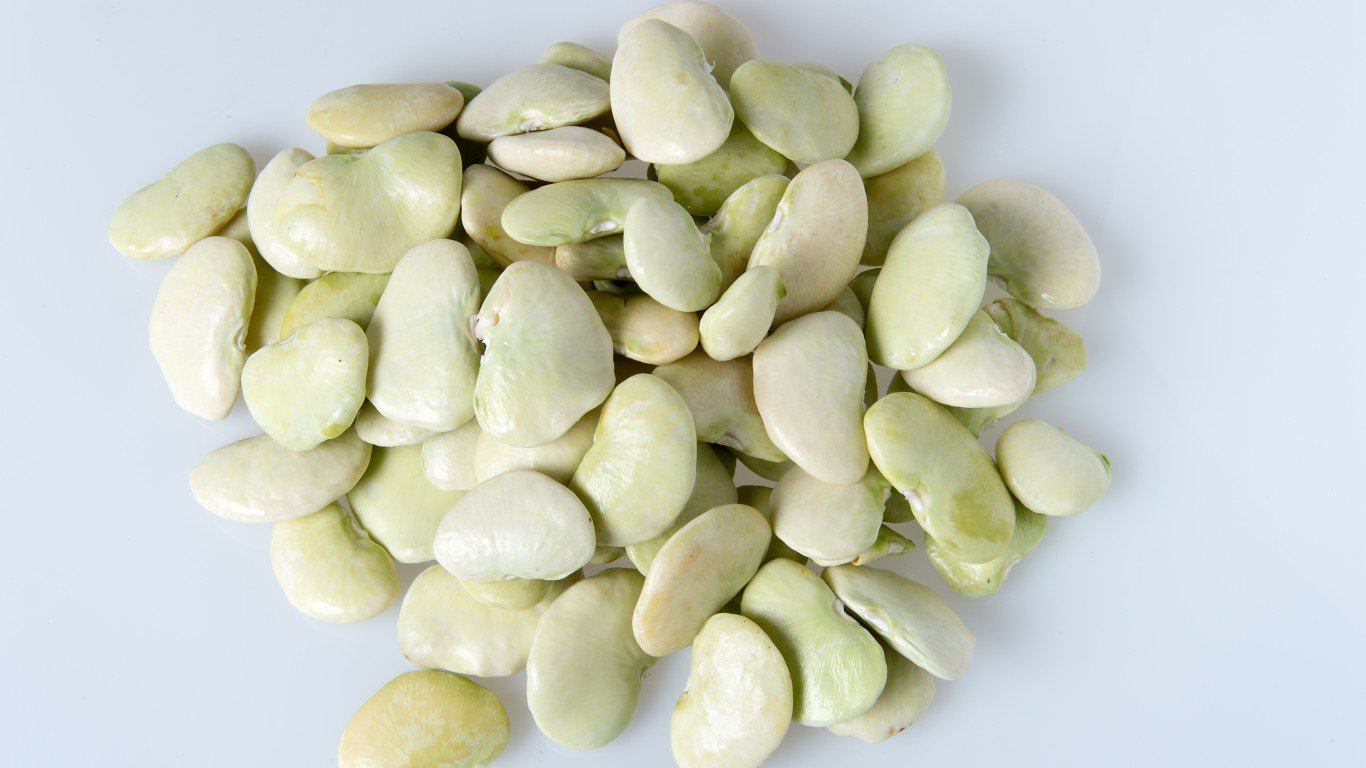
- What it is: A love-it-or-hate-it New World legume, also called a butter bean
- Place it’s named for: Lima, Peru
- Reason it’s named for that place: It was first cultivated in Peru, and shipped around the world from Lima.
Mayonnaise

- What it is: A popular condiment — an emulsion of egg yolk, oil, and lemon juice or vinegar
- Place it’s named for: Port Mahon, Minorca, Spain
- Reason it’s named for that place: Though its origin is disputed, it was probably created in Mahon (Maó in the local language) and named in honor of a French naval victory over the British off the island’s shoreline.
Sardine
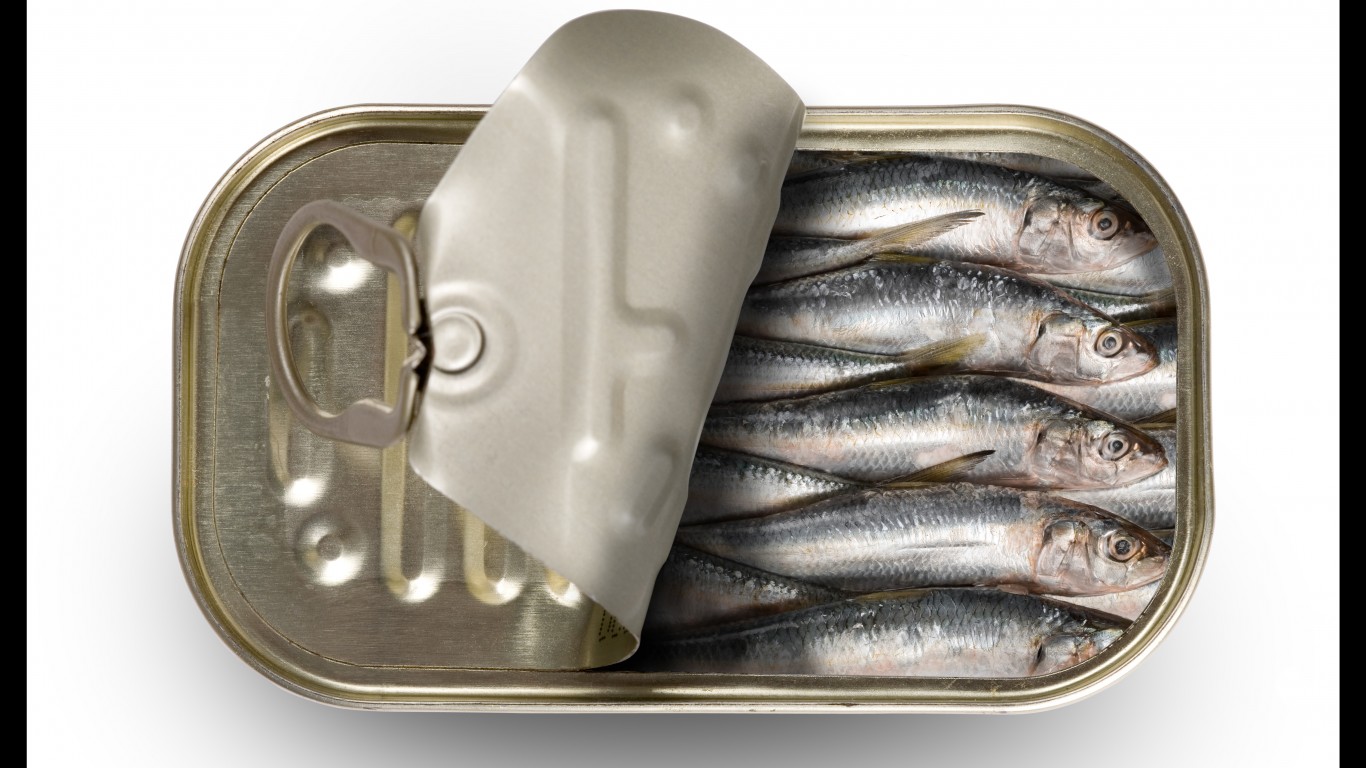
- What it is: A small, oily fish related to herring
- Place it’s named for: Sardinia, Italy
- Reason it’s named for that place: It was fished abundantly off the shores of that island.
Scallions
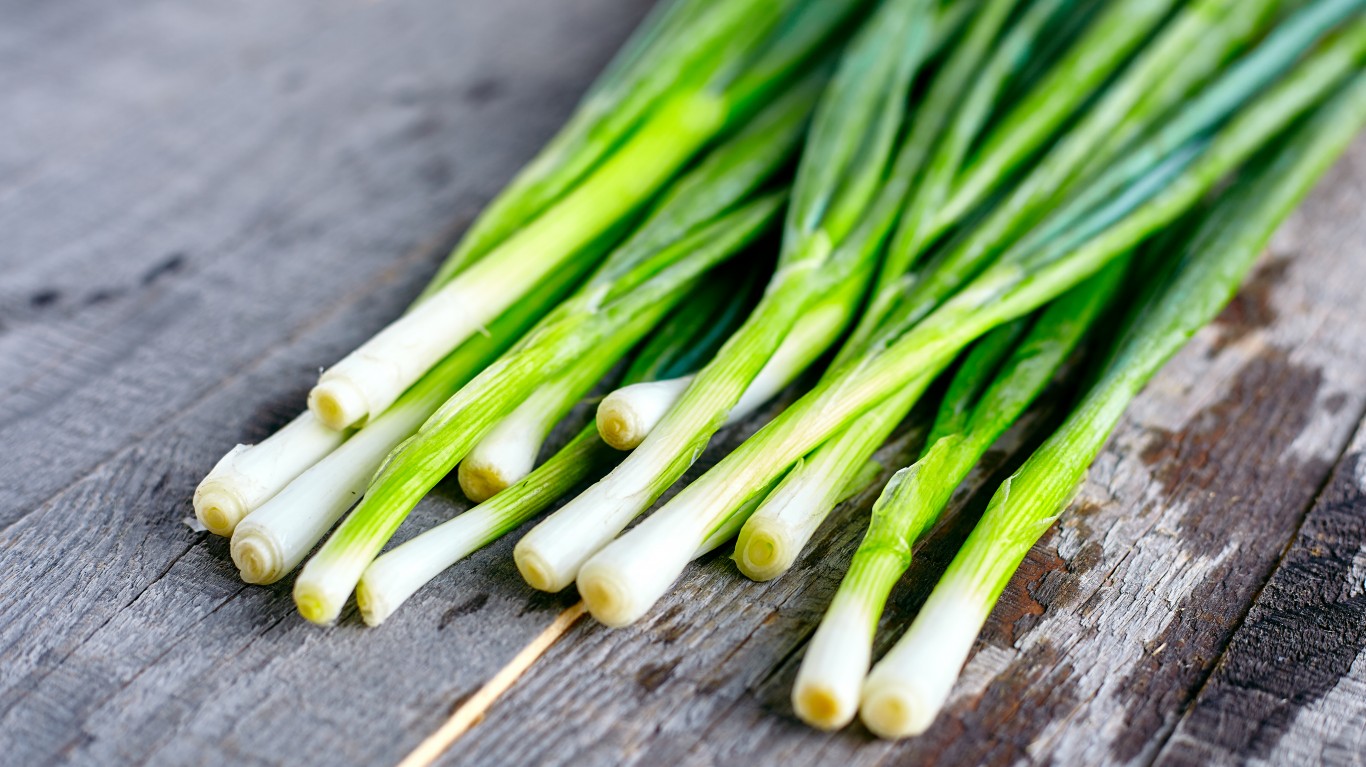
- What it is: A green onion
- Place it’s named for: Ascalon (now Ashkelon), present-day Israel
- Reason it’s named for that place: Though it was probably first cultivated in Central Asia, the Greeks thought it came from Ascalon, and called it “askolonion,” or Ascalon onion.
Sriracha

- What it is: A Thai and Vietnamese hot sauce made with jalapeños or other chiles
- Place it’s named for: Si Racha, Thailand
- Reason it’s named for that place: It was first produced in the 1940s in Si Racha.
Tabasco sauce
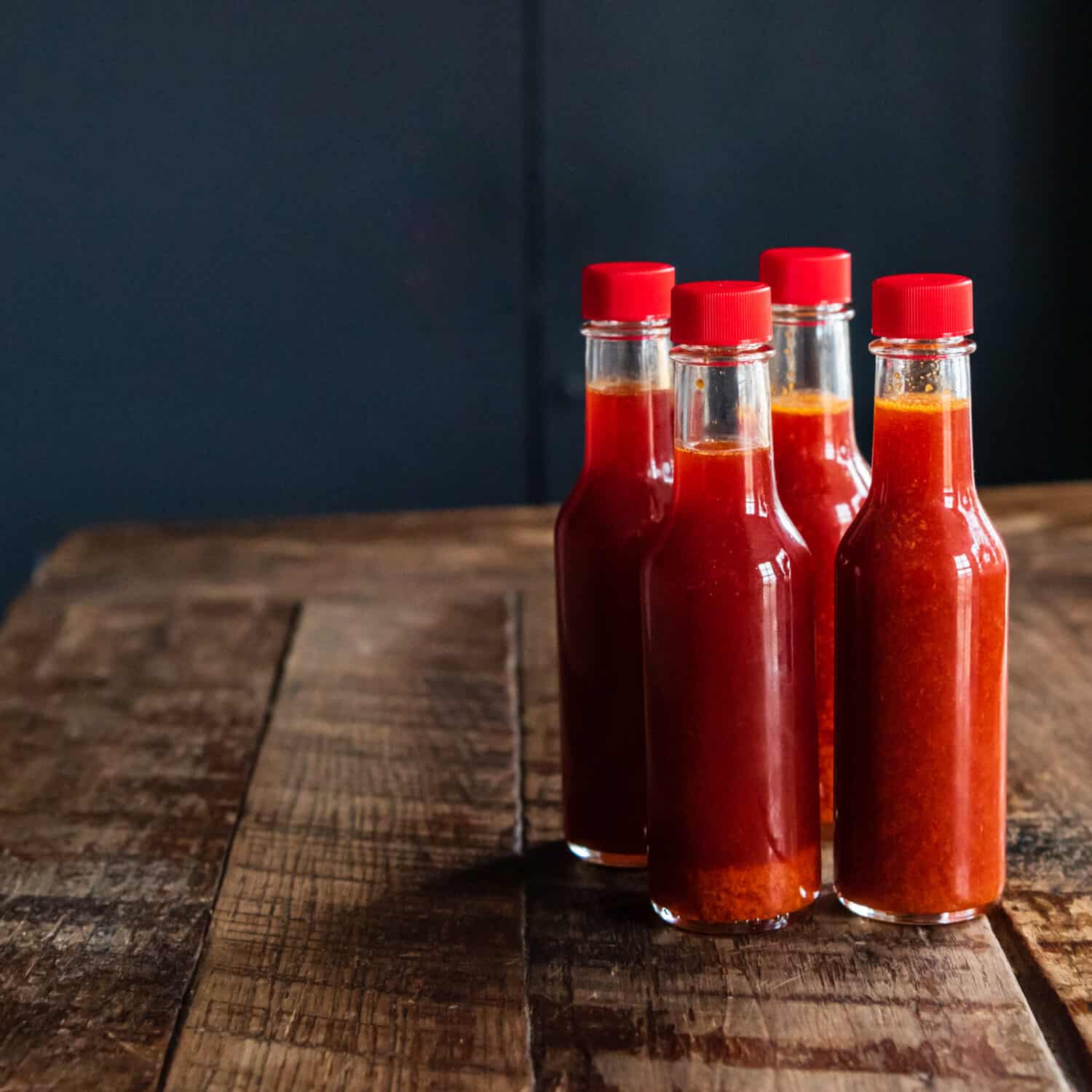
- What it is: A brand of hot sauce from Louisiana, made with tabasco chiles
- Place it’s named for: Tabasco, Mexico
- Reason it’s named for that place: The chiles were widely cultivated in that Mexican state.
Tamarind
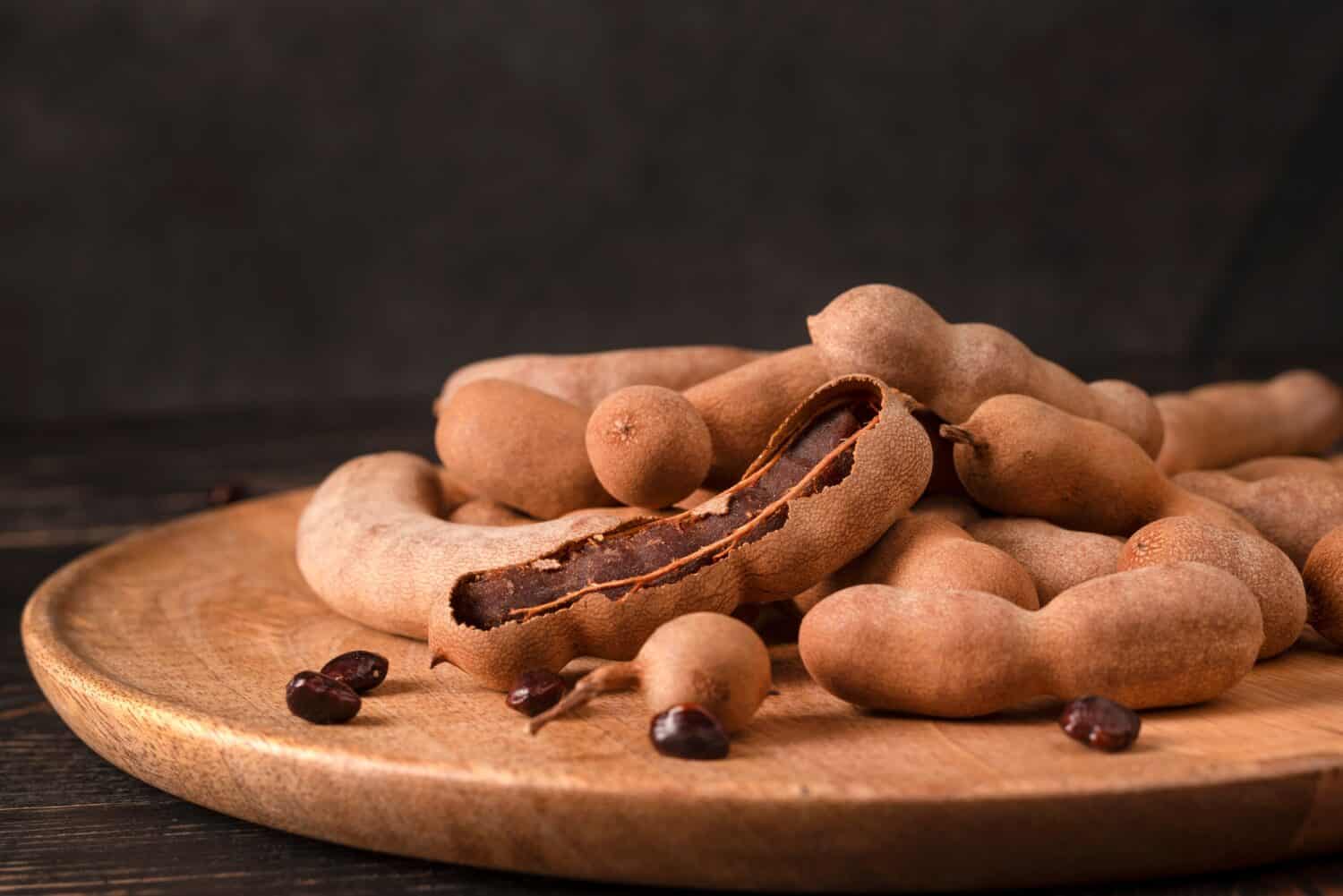
- What it is: A sweet-tart fruit in pods, widely used in South Asian and Latin American cuisine
- Place it’s named for: India
- Reason it’s named for that place: Medieval scholars called it “tamar hindi,” Arabic for “Indian date,” believing that it came from India (it is actually African in origin).
Tangerine

- What it is: A sweet citrus fruit, closely related to the mandarin orange
- Place it’s named for: Tangier, Morocco
- Reason it’s named for that place: It was often shipped from that North African city.
Vichyssoise

- What it is: Cold potato-leek soup, garnished with chopped chives
- Place it’s named for: Vichy, France
- Reason it’s named for that place: Chef Louis Félix Diat, who invented the soup at the Ritz-Carlton Hotel in Manhattan, was born near Vichy and honored the city in giving the soup its name.
Wiener

- What it is: See Frankfurter, above
- Place it’s named for: Vienna, Austria
- Reason it’s named for that place: It is unclear why the Germans gave the sausage this Austrian name.
Wiener Schnitzel

- What it is: A pounded, breaded, fried veal cutlet
- Place it’s named for: Vienna, Austria
- Reason it’s named for that place: This is truly a Viennese dish, probably introduced to Austria from Italy in the mid-19th century.
Worcestershire

- What it is: A condiment made from vinegar, anchovies, garlic, and other ingredients
- Place it’s named for: Worcestershire, England
- Reason it’s named for that place: It was invented in the city of Worcester, in Worcestershire, in south-central England, by a couple of pharmacists, John Wheeley Lea and William Henry Perrins.
